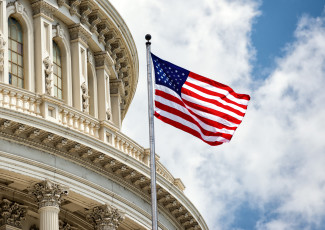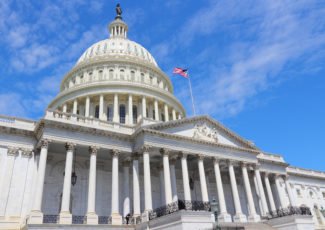Time to End the Perkins Loan Program?
By Dennis Pierce
January 14, 2016
New federal rules might force community colleges to rethink their involvement.
Officials at Lane Community College, in Eugene, Oregon, are unsure whether they will continue offering Perkins loans to students next year — and they likely aren’t alone.
Although the federal Perkins loan program has helped about 30 million students in its 57-year history, according to Betsy Mayotte, director of regulatory compliance for American Student Assistance, it nearly became defunct this fiscal year. Intended to help students who have exceptional need, the program is run by participating colleges and universities, which act as the lenders. Because this requires additional administration, not every institution takes part in the program: About 1,700 colleges and universities were involved as of January 2016.
That number might shrink, owing to new rules established by lawmakers last month as part of an eleventh-hour vote to save the program.
As of Oct. 1, the date the Perkins loan program was set to expire, Congress had not taken action to renew the program. So the Education Department began issuing guidance to colleges about how to close out the program responsibly, says Megan McClean, managing director of policy and federal relations for the National Association of Student Financial Aid Administrators.
Last month, Congress finally voted to extend the program for another two years — but with “some pretty fundamental changes,” McClean says.
For instance, the new rules require borrowers to exhaust all of their options for both subsidized and unsubsidized federal student loans, such as Stafford loans, before qualifying for a Perkins loan.
What this means for community colleges
McClean says this change could have a big impact on community colleges in particular, given the lower cost, comparatively, of community college tuition. “In many cases, it’s unlikely that community college students would have need for a Perkins loan after having exhausted all of their subsidized and unsubsidized options,” she explains.
Although that won’t be true in all cases, community college leaders will have to consider whether the costs of administering the Perkins program are worth sustaining to meet the needs of a much smaller number of students who now qualify, McClean says.
That’s the decision Lane Community College officials are weighing, a local newspaper reported.
Joan Aschim, public information officer for the college, says campus officials were still mulling their options as of press time.
“Lane has not made an official decision to end participation in this program, although many community colleges in Oregon and nationally have,” Aschim says in an email message. “We will carefully analyze the feasibility of continuing with Perkins in the best interest of students, given the radical changes made to the program with the two-year extension passed by Congress.”
McClean says these conversations are happening at other higher-education institutions as well. However, there are benefits to the Perkins program that don’t exist with other federal loan programs, she says, which will make the decision even harder for campus administrators.
“Perkins is the only loan program at the federal level that allows financial-aid administrators to have the authority to decide who gets those loans,” she notes.
The recent action by Congress puts campus administrators “between a rock and a hard place,” McClean says. “The community was calling for an extension to the Perkins program, and we got it, but we didn’t realize that was going to change some of the fundamental aspects of the program. Yes, we got an extension — but the program looks different than it did before.”







